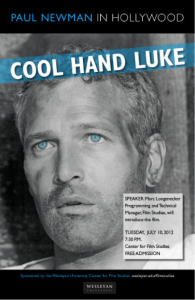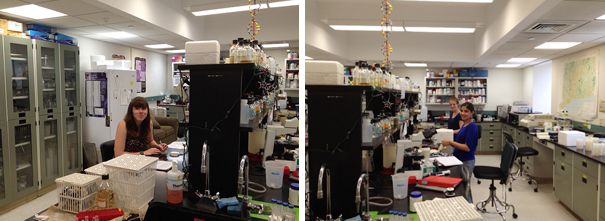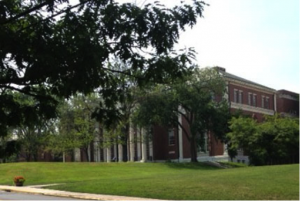Since I first posted a blog at the Washington Post about affordability plans at Wesleyan, there has been strong interest in our three-year option. I’m delighted and a little surprised. As I’ve said, it’s not for everybody, but the three-year possibility might make sense for many people. Here are two audio clips in which I’ve discussed what we are doing in this regard:
When I arrived in the office this morning, Heather Brooke asked me how I liked the Wall Street Journal piece. I didn’t know anything about it, and then was surprised to read the opening lines of an op-ed by Fay Vincent:
As the costs of attending college continue to mount, often well beyond the rate of inflation, the search is on for ways to economize. One seemingly obvious way is to reduce the number of years required to graduate. Last month, Wesleyan University, the private liberal-arts college in Middletown, Conn., did just that.
President Michael Roth announced that his institution would encourage students who wanted to complete the requirements for the Bachelor of Arts degree in three years rather than the customary four. These students would take some course work during the summer along with their normal load during the school year.
“I think it’s important to show that liberal arts colleges, even ones as selective as Wesleyan, are trying to do something about affordability,” he told the Associated Press. Tuition, room and board there is nearing $50,000 per year.
There are a smattering of other colleges across the nation that have three-year programs, but none with as high an academic profile. And while the Wesleyan decision has not attracted much attention or discussion, I suspect there will be more such cost-saving efforts in coming years.
Mr. Vincent was underestimating the price of institutions like Wesleyan, but I was pleased to see him encouraging experiments that will enhance affordability. At Wesleyan, we also want our experiments to intensify the educational experience so that it is more compelling than ever. A liberal arts education has long been about transformation. With Wes faculty, students, staff and alumni making contributions, we can also transform liberal learning so that it’s more relevant than ever!





